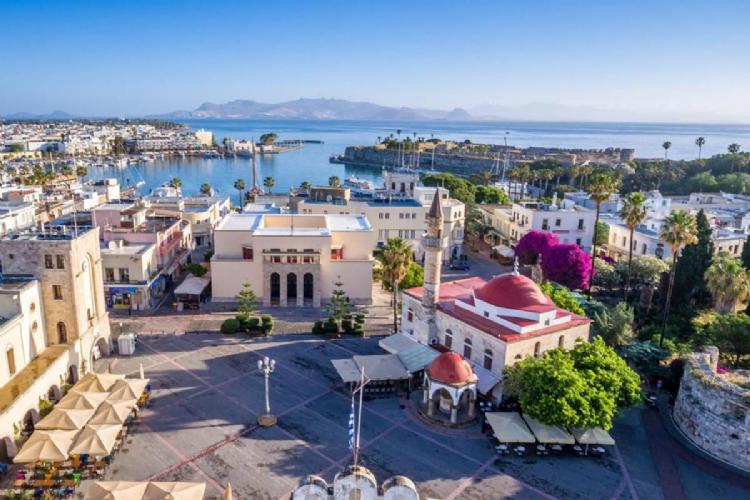
Blog
Blog
The Mausoleum at Halicarnassus
The Mausoleum at Halicarnassus: One of the Seven Wonders of the Ancient World

Contents:
- What is the Mausoleum at Halicarnassus?
- History of the Mausoleum at Halicarnassus
- Architectural Features of the Mausoleum
- Destruction and Remnants of the Mausoleum
- Importance of the Mausoleum at Halicarnassus Today
- Frequently Asked Questions about the Mausoleum at Halicarnassus
1. What is the Mausoleum at Halicarnassus?
The Mausoleum at Halicarnassus is a monumental tomb built in 353 B.C. in honor of King Mausolus of Caria. Recognized as one of the Seven Wonders of the Ancient World, this structure was commissioned by Mausolus’ wife and sister, Artemisia, following his death. Located in modern-day Bodrum, Turkey, the name “mausoleum,” meaning “monumental tomb” in ancient Greek culture, originated from this remarkable structure.
2. History of the Mausoleum at Halicarnassus
Construction of the Mausoleum began after the death of King Mausolus, and it soon became one of the era's most iconic architectural achievements. Although Artemisia passed away shortly after, the Mausoleum was completed in a manner befitting Mausolus’ prestige. Designed by renowned Greek sculptors and architects of the time, the Mausoleum represents the rich cultural heritage of the region in the ancient era.
3. Architectural Features of the Mausoleum
The Mausoleum at Halicarnassus stood approximately 45 meters tall and was composed of four main sections:
- Base: A large platform on which the tomb itself rested.
- Columned Section: Above the base was a section supported by 36 columns.
- Pyramid Roof: A pyramid-shaped roof that added to the structure's height.
- Chariot Sculpture: At the top was a sculpture of a chariot drawn by four horses, symbolizing Mausolus and Artemisia.
These architectural details showcase the blend of Greek and Egyptian cultural influences in the design.
| Architectural Section | Features |
|---|---|
| Base | Large platform housing the burial chamber |
| Columned Section | 36 columns enhancing the grandeur of the structure |
| Pyramid Roof | Pyramid shape contributing to overall height |
| Chariot Sculpture | At the very top, depicting Mausolus and Artemisia |
4. Destruction and Remnants of the Mausoleum
The original structure did not survive to modern times. A massive earthquake in the 13th century severely damaged the Mausoleum, causing it to collapse almost entirely. Today, remnants of the Mausoleum can still be seen in Bodrum, with some parts on display at the British Museum in London.
5. Importance of the Mausoleum at Halicarnassus Today
The Mausoleum's remnants have become a popular tourist attraction in Bodrum, symbolizing the region’s rich historical heritage. Its foundational stones and decorative elements are among the symbols of Bodrum’s ancient past, providing a unique example of ancient architectural aesthetics and continuing to inspire researchers and history enthusiasts alike.
6. Frequently Asked Questions about the Mausoleum at Halicarnassus
When was the Mausoleum completed?
The construction began in 353 B.C. and was completed after the death of King Mausolus.What is the current state of the Mausoleum?
Following a major earthquake, most of the Mausoleum was destroyed, but its remnants can be visited in Bodrum.Why is the Mausoleum significant?
The Mausoleum is significant both as one of the Seven Wonders of the Ancient World and as the foundation of the monumental tomb tradition.
The Mausoleum at Halicarnassus is a historical and cultural monument that showcases the architectural and artistic genius of the past. Located in Bodrum, it stands as a unique landmark where ancient Greek and Persian influences merge, offering a captivating site for enthusiasts of ancient civilizations.


